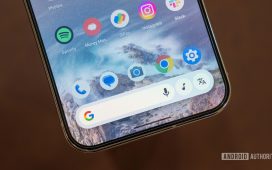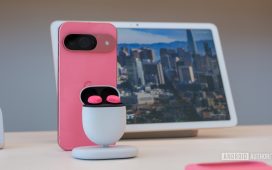I hardly watch TV. In fact, I can’t remember the last time I properly sat in front of one to. I’m mostly hunched over my phone or tablet whenever I need to view anything. I do, however, own a projector. It’s not something I got by choice, but one I’ve come to discover is the gem I needed all this while and didn’t even know it. There aren’t many strong arguments for why you absolutely must have one. But I can tell you why it made sense to me eventually, and why it might for you too.
1. They work well with mobile devices
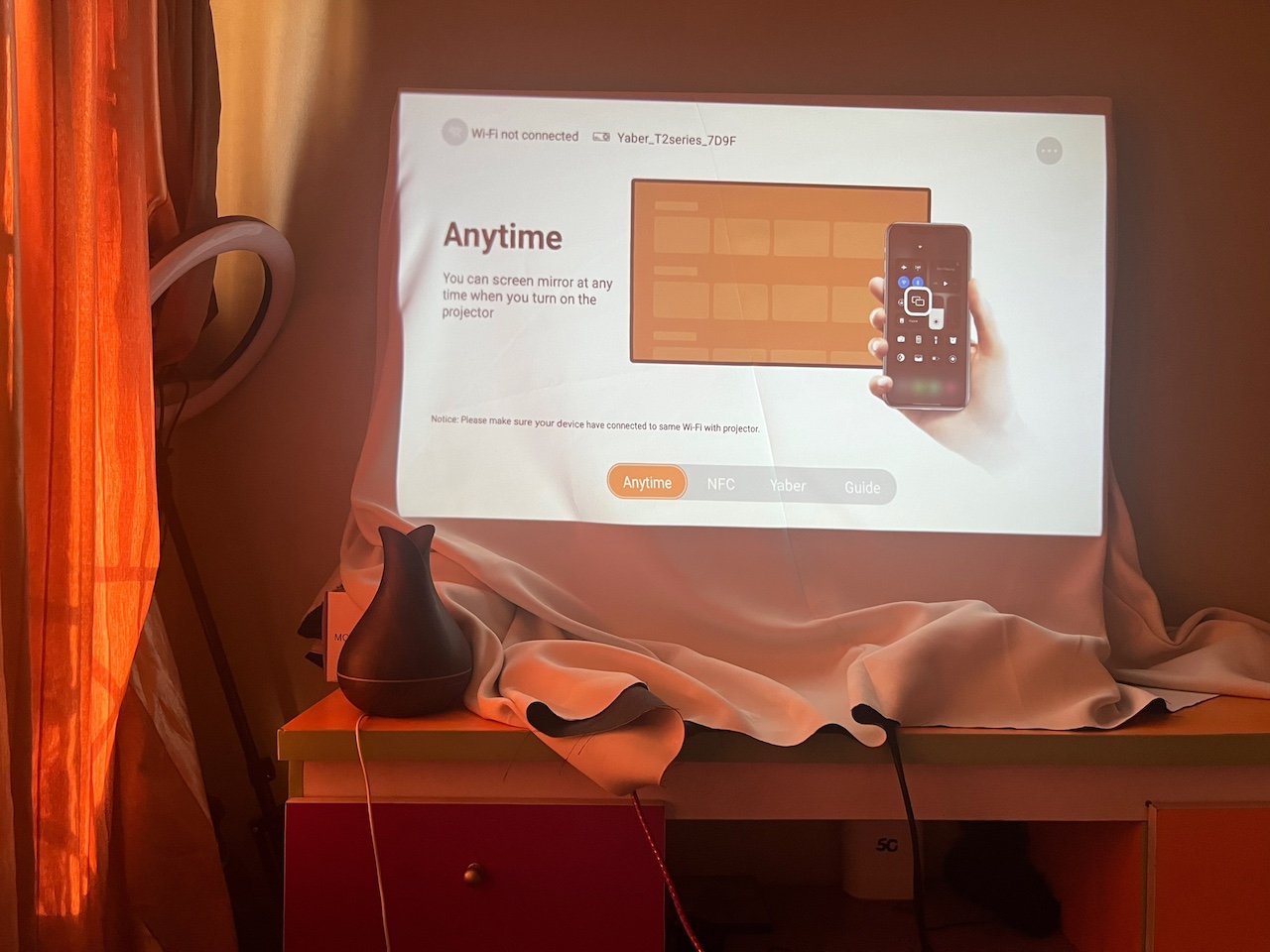

Many projectors support Chromecast, Miracast, and other wireless casting options. You can reflect photos, videos, presentations, and even full apps directly from your phone without needing extra cables or streaming sticks as the go-between.
If you already have everything you need on your Android phone or tablet, including your Netflix account, your YouTube playlists, your favorite games, and more, you can display them on the big screen in seconds. Some manufacturers even have apps designed specifically for the device. That way, you can use it for multiple functions, including setting up your phone as the controller.
2. Sizing that moves with you
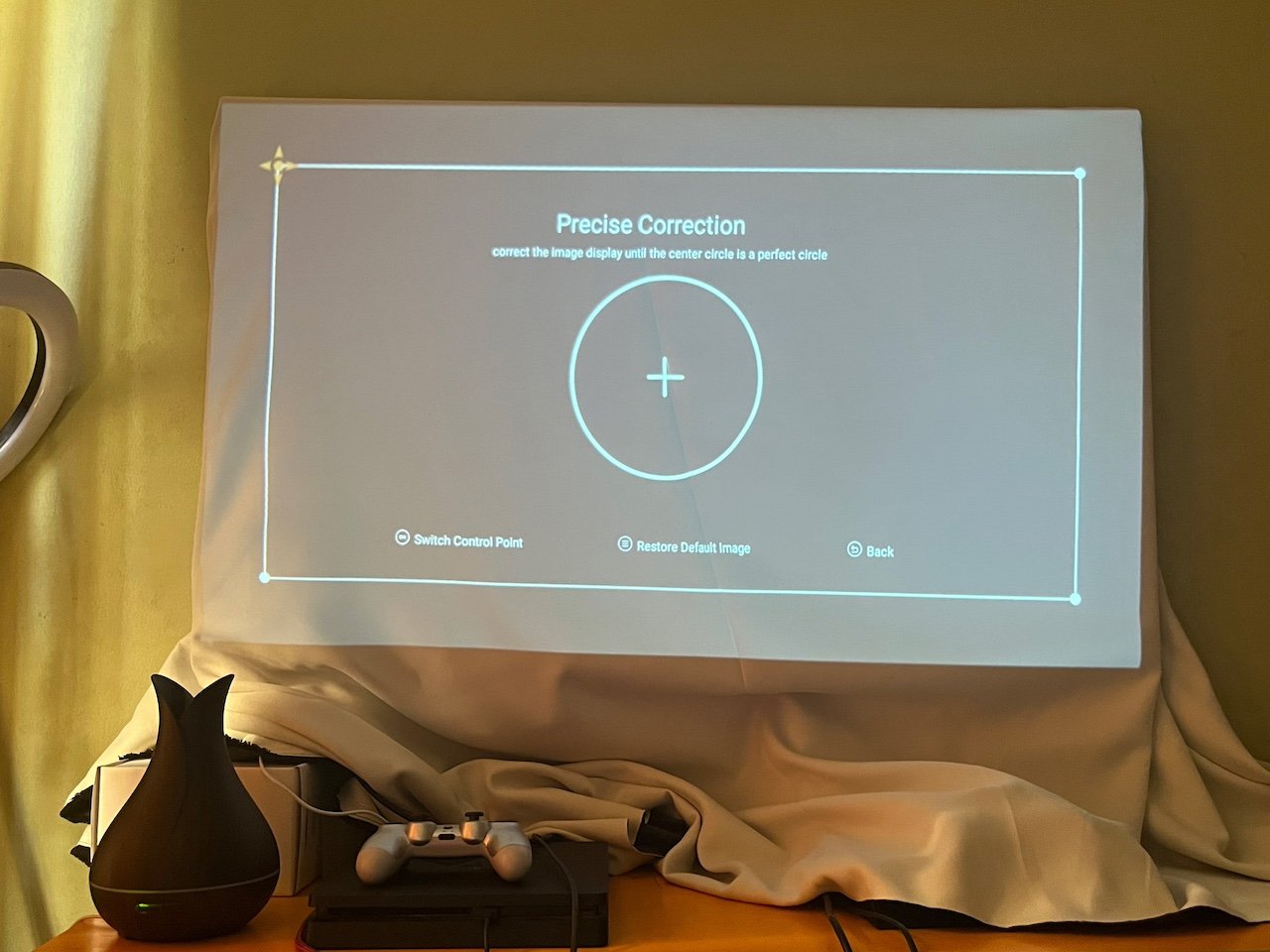

A TV is the size you buy it. If you choose a 65-inch TV, that’s exactly what you’re committing to. It’s not a problem, except real life isn’t static. Moving to a new apartment, downsizing, renovating your space, or even just changing how you use your rooms can turn that fixed size into a limitation.
When that moment comes, you may either tolerate it, sell it at a loss, or spend even more on a new screen that fits the new environment. Also, professional movers charge extra to transport fragile electronics and even insist on custom crating for screens over 55 inches. If you do decide to skip them, you take on the risk yourself.
On the other hand, a modern portable projector doesn’t come with those problems. The first thing you should know about it is that the image size isn’t locked in, but guided by the supported range, and you control it. Typically, that’s between 40 and 120 inches. You might see projectors that claim to go from 30 inches up to 150 inches.
The bottom line is that if you’re in a spacious room with high ceilings and wide walls, you can stretch the display as big as you want. If you move into a smaller studio or dorm, you can scale it down to fit neatly onto a smaller wall, roll-up screen, or cheap sheets without losing quality or functionality. Additionally, projectors are compact and portable. With a dedicated and well-padded backpack, you can toss in your projector and accessories and be on your way.
Read: Yaber T2 Plus review: A Stylish Machine With A Big Heart
3. A natural visual experience
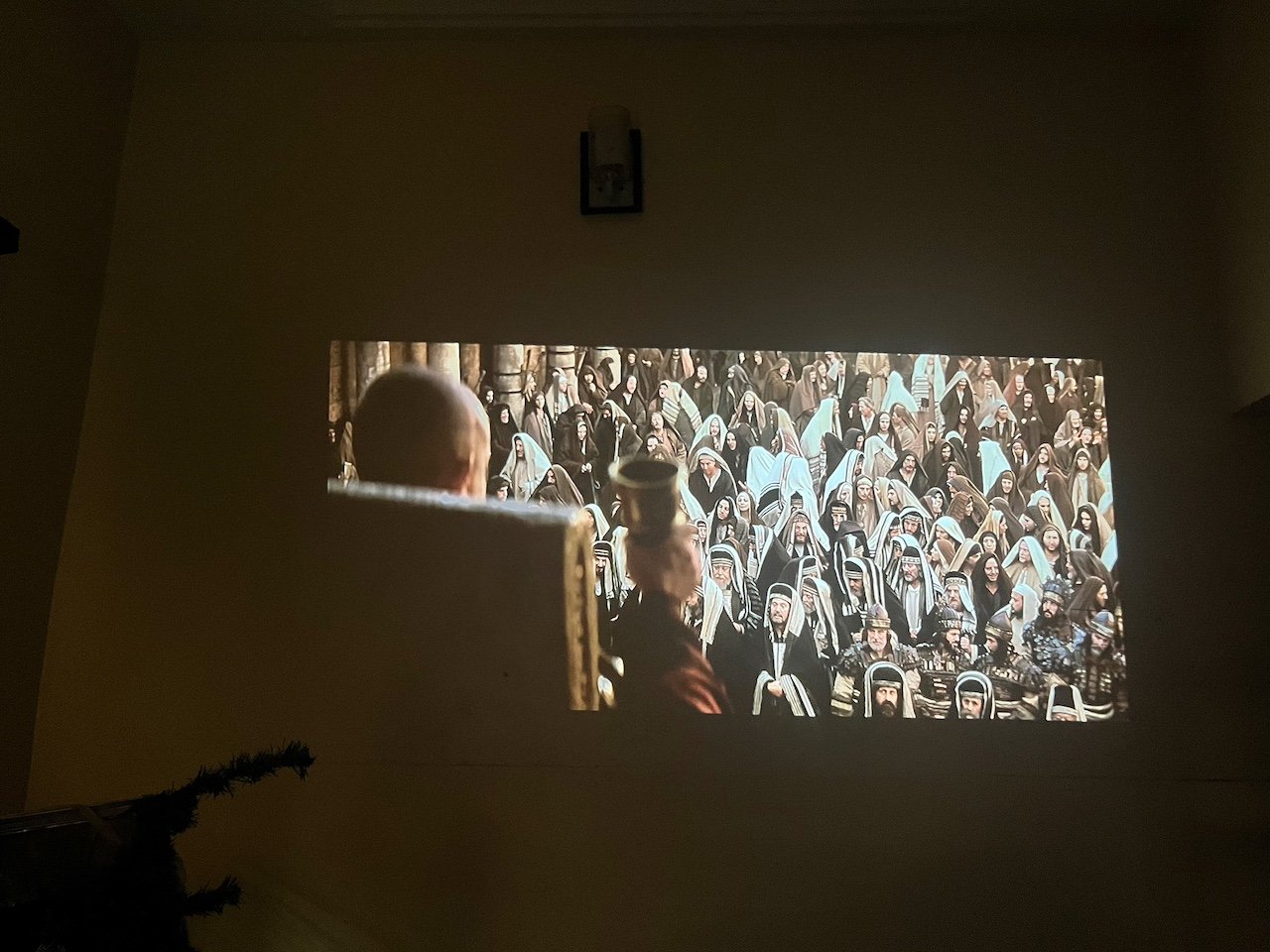

I wear glasses, and lately, I’ve been learning to take my eye health a lot more seriously. There was a time when brightness and sharpness were all I cared about. I always chased the most “alive” looking screen because it defined quality. But my projector has changed that for me.
It doesn’t shine light straight into your eyes. Instead, the image feels softer and more natural. Admittedly, it takes some getting used to. But it does grow on you, and you hardly notice the graphic quality over time.
A TV, whether it’s an OLED, QLED, or LED panel, emits light directly from the screen surface toward your eyes. You’re literally staring at a sheet of intense luminescence. A projector, however, throws all that beam onto a wall or screen. So you’re not looking at the light source itself, but its reflection of the image. Reflected light naturally spreads out in many directions, reducing glare and eye fatigue.
4. Built-in smart features
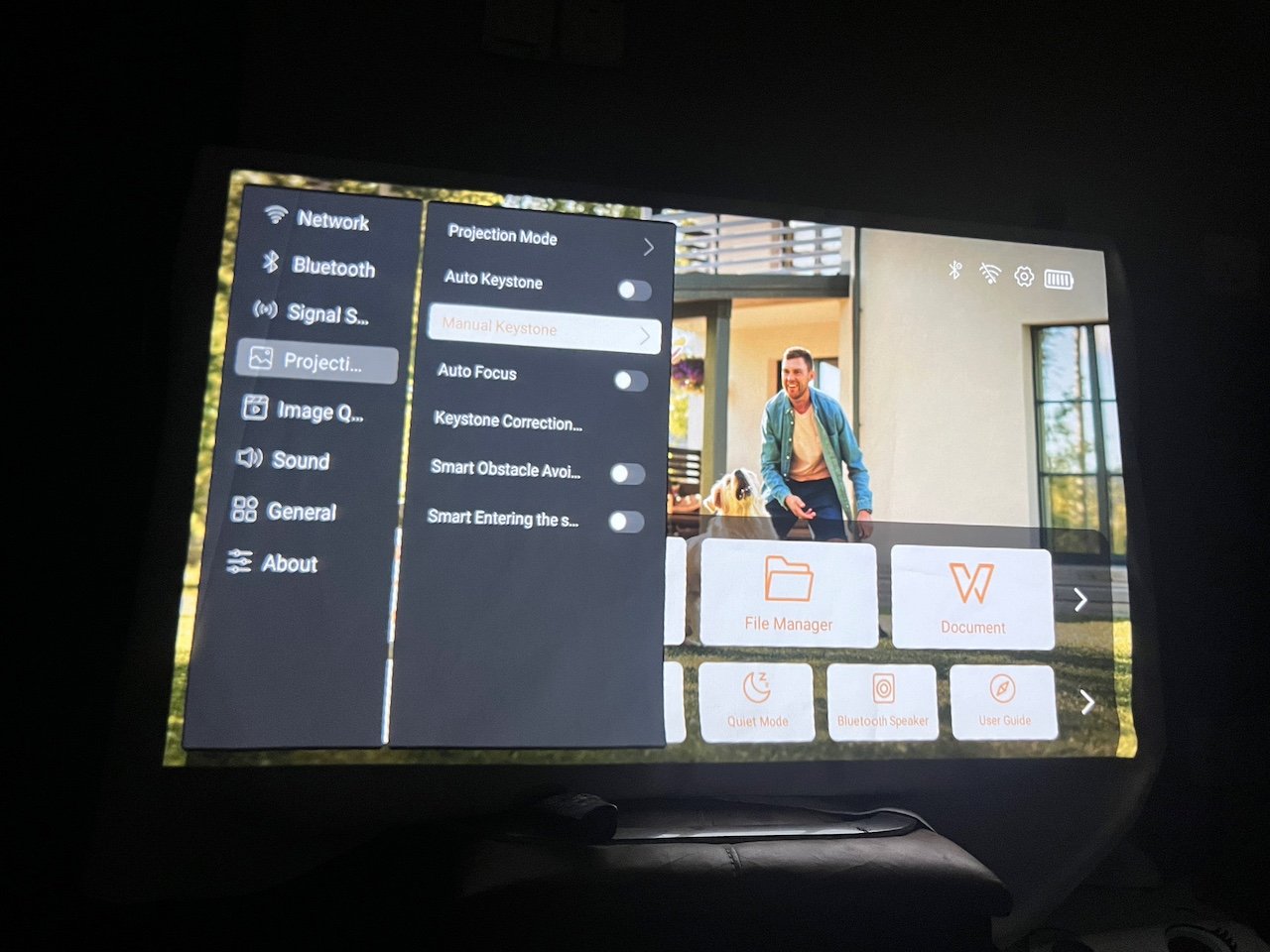

Most modern TVs already have smart features built in. The TV on your wall probably runs Android TV, Google TV, Tizen, or WebOS. That’s normal now. But they didn’t always work that way. Similarly, projectors were always just that. Projectors. There were no built-in apps and no real connectivity beyond HDMI or VGA. If you wanted to watch anything, you had to connect your laptop or a media box. Newer models have the full Android TV system built inside, or custom software based on it.
They give you instant access to Netflix, Amazon Prime, Hulu, Disney+, and thousands of other apps, with dongles and extra accessories being optional. Less really is more these days, and it’s better to have fewer devices you can manage. Plus, there’s automatic focus now, as well as automatic keystone correction and auto scaling. You simply need to turn on the projector to size and sharpen the image without doing much.
5. Projectors are easier to hide
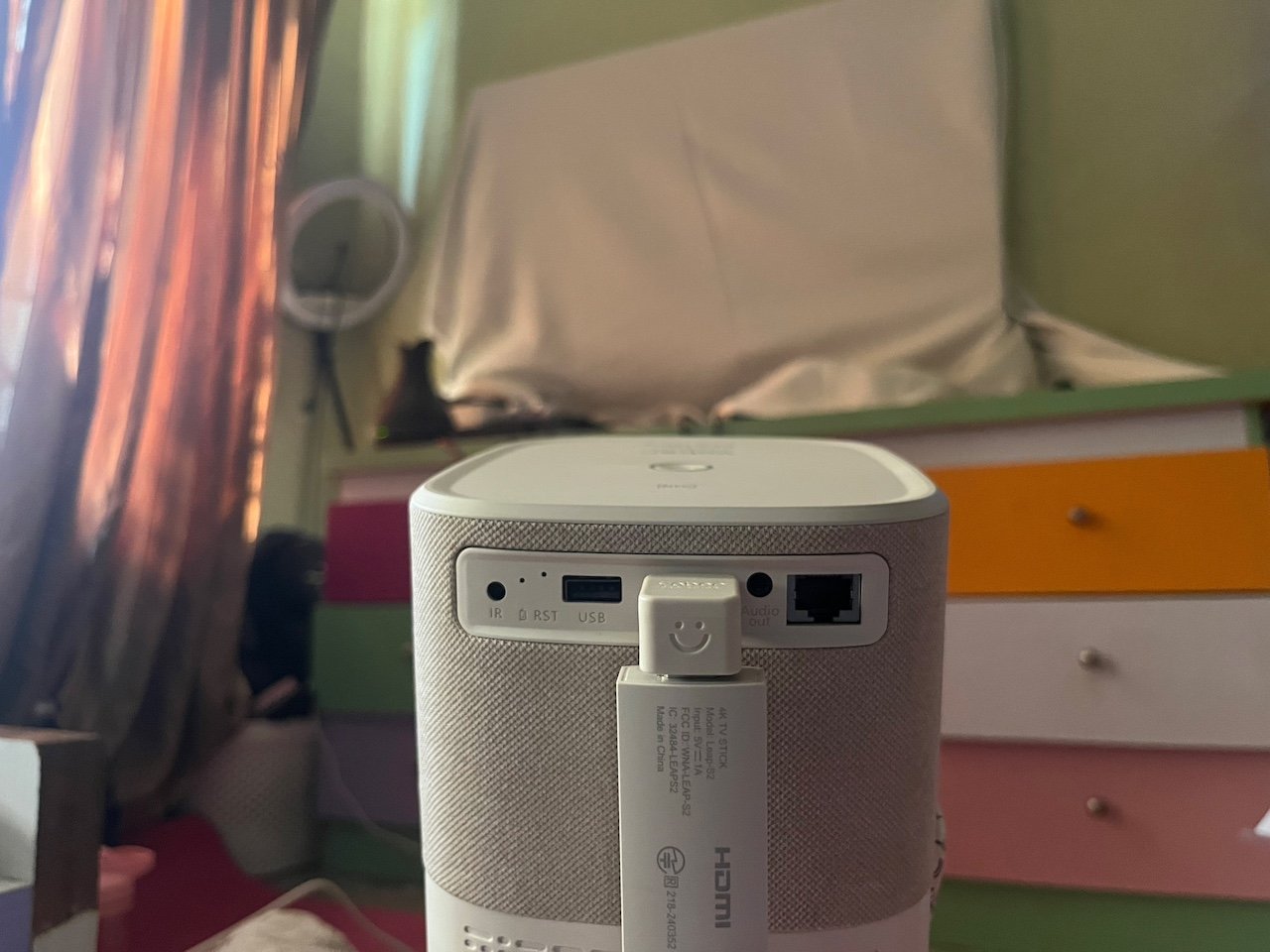

When you turn off your TV, it’s a black mirror you look into and see the dark parts of your soul tied to technology. Maybe that was a terrible Black Mirror reference, but the point is that it’s there, taking up space. But if you shut off your projector, the wall returns to being a normal space. You can do whatever you want with it until you need the device again.
Using a roll-up screen or cloth, you can tuck or fold it away. If you ever feel like binge-watching from your bed, you could even switch rooms or take it outside. The versatility is unparalleled. The device itself could be on a bookshelf, table, or ceiling mounted. As long as it’s at an angle where it has a clear line of sight and within the recommended throw distance to the intended surface, it will work.
6. A unique cinematic atmosphere
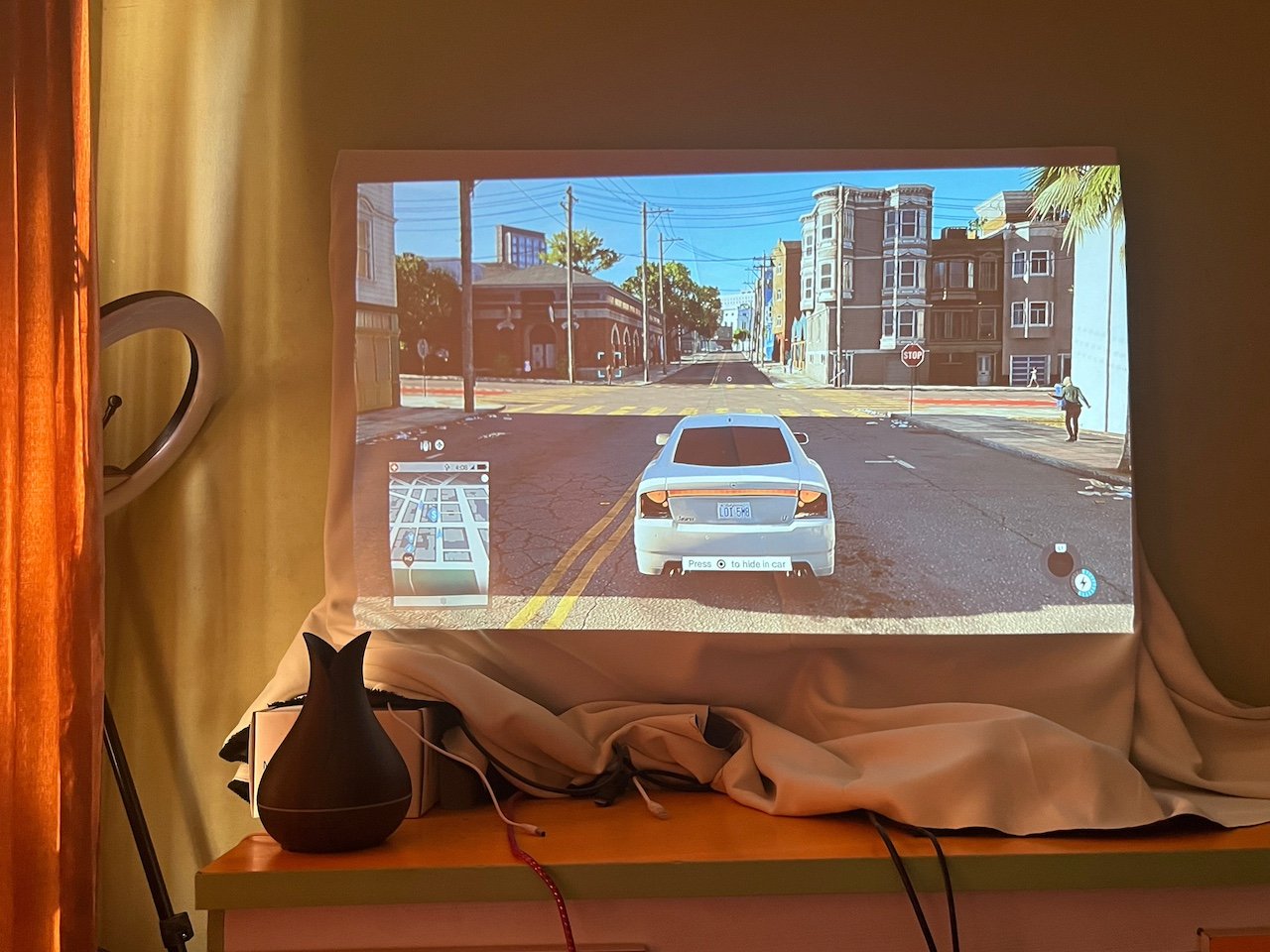

The general perception of projectors is that you use them to watch movies on a big screen at night, along with popcorn. It’s not wrong. You’d be surprised at how much more value you can get from one. You can use it for casual gaming, even though the graphics aren’t the best compared to TVs. But feel free to refer back to our argument for eye care.
You can also use your device for workouts. Personally, I rotate between using it as a Bluetooth speaker during workouts or projecting fitness videos to follow along. You can even bring your creativity to land. Among my many DIY projects, I had an idea for designing a wall. I figured I’d use it to cast outlines on it, and then I’d trace over them. It’s quite tricky, but it’s doable if you plan it carefully.
Project your imagination one wall at a time
Like anything else in tech, projectors come in different grades. In the same way, mobile devices range from budget models to flagships; projectors span a wide spectrum from basic portable models meant for casual use to high-end systems. You could easily go on a rampage and replace your TV completely with one if you wanted to.
With a budget somewhere between $300 and $800, you can get a good model with decent brightness, Full HD resolution, and good enough speakers to enjoy most content without needing anything extra. Push the budget higher into the $1,000+ range and you’ll get a premium model.





